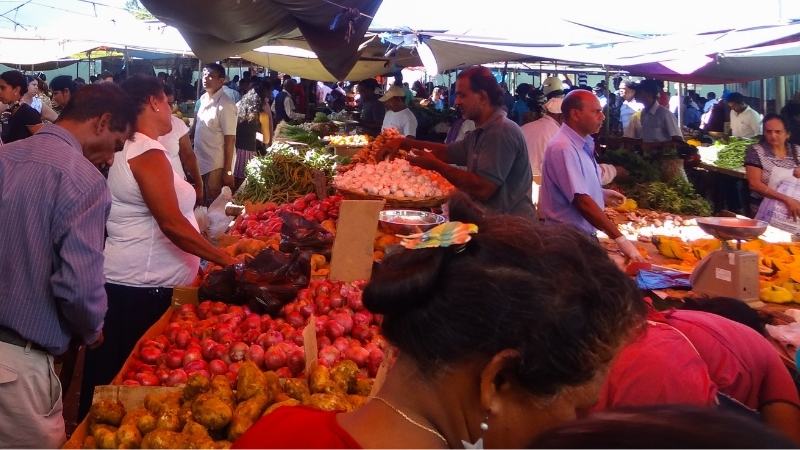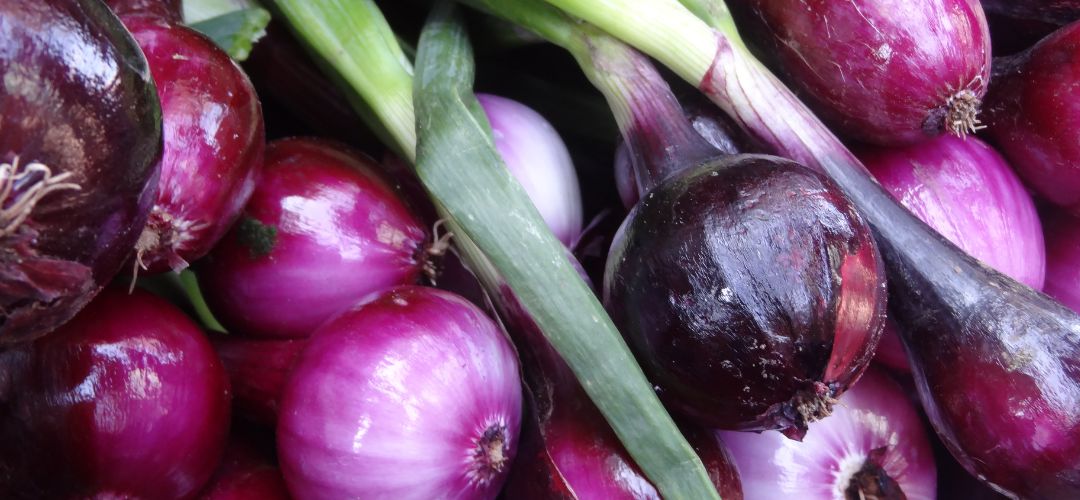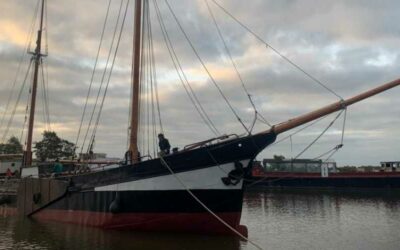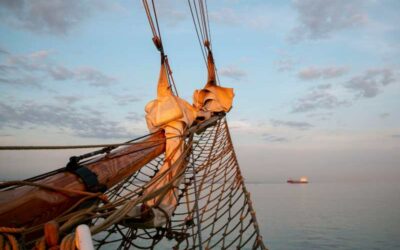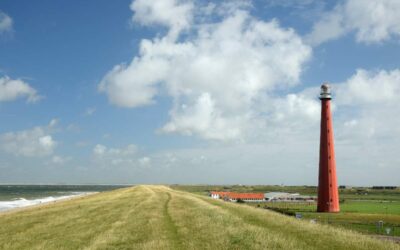- Do you feel as though your local shop/supermarket provides completely healthy options?
- Do you feel as though the food available to you fits with your cultural background?
- Can you trust that the food you buy is produced sustainably? Are you given enough information to support it?
- Do you truly feel as you have control over the food you are able to buy, where it’s come from and how it was produced?
If these questions have made you think about the options available to you when you shop and whether you would like to have a say in what you can buy, then you have stumbled into the realm of food sovereignty. This is a movement which seeks to bring the right of food back to the producers, distributors and consumers.
For the briefest of introductions for this fascinating topic, you need to know three things. Read on to find out more…
1. The history of food sovereignty
In 1993, a movement of farmers was born called La Via Campesina. La Via Campesina aims to give a voice to farmers around the world and currently represents 180 organisations in 81 countries. In the 1996 World Food Summit, La Via Campesina coined the term food sovereignty.
La Via Campesina defines food sovereignty as “the right of Peoples to healthy and culturally appropriate food produced through ecologically sound and sustainable methods, and their right to define their own food and agriculture systems.”
Food sovereignty highlights that food systems should centre around people and environment. Food is a right, not a commodity, no matter who you are.
In 2007, the World Form of Food Sovereignty saw 500 delegates come together in Mali, Africa, to sign the Declaration of Nyéléni. The Food and Agriculture Organisation of the United Nations states that “This gathering was an opportunity to reaffirm the right to food sovereignty and to clarify its economic, social, ecological and political implications. It also strove to create an international process whose aim will be to achieve recognition of the right to food sovereignty.” (FAO website, for full document see: https://nyeleni.org/spip.php?rubrique2)
Since 2008, 7 countries have integrated food sovereignty into their constitutions.
2. The difference between food security and food sovereignty.
“Food security exists when all people, at all times, have access to sufficient, safe and nutritious food to meet their dietary needs and food preferences for an active and healthy life.”- Food and Agriculture Organization of the United Nations 1974, World Food Conference
This definition of food security demonstrates the food system that governments currently follow. The emphasis is on the nutritional benefit of the food and supplying enough for a population.
This is great, in theory. Of course, everyone should have access to healthy food! But to reach national food security targets, governments support exploitative practices and environmentally destructive methods (such as monoculture farming) through subsidies and sourcing food from agribusiness corporations to meet demand.
Food sovereignty focuses on social rights and the environment to ensure good food is accessible to everyone.
3. Sail cargo supports food sovereignty
Sail cargo centres on supporting local communities from producer to consumer and reducing emissions in shipping. This is where sail cargo and food sovereignty combine. If we were to continue to ship good quality, ethically produced food around the world and introduce more ships annually to the industry, we will see a beautiful solution to the problems created by the current global system today.
It’s hard to see how individuals can help change an entire global food system! By considering what you buy, reading and supporting organisations like La Via Campesina (there will almost certainly be a local organisation to where you are that supports local farmers and producers!) and keeping an eye on sail cargo, you’re already doing a lot.
Let’s continue working towards a sustainable future that benefits us!
Fair winds and following seas.
